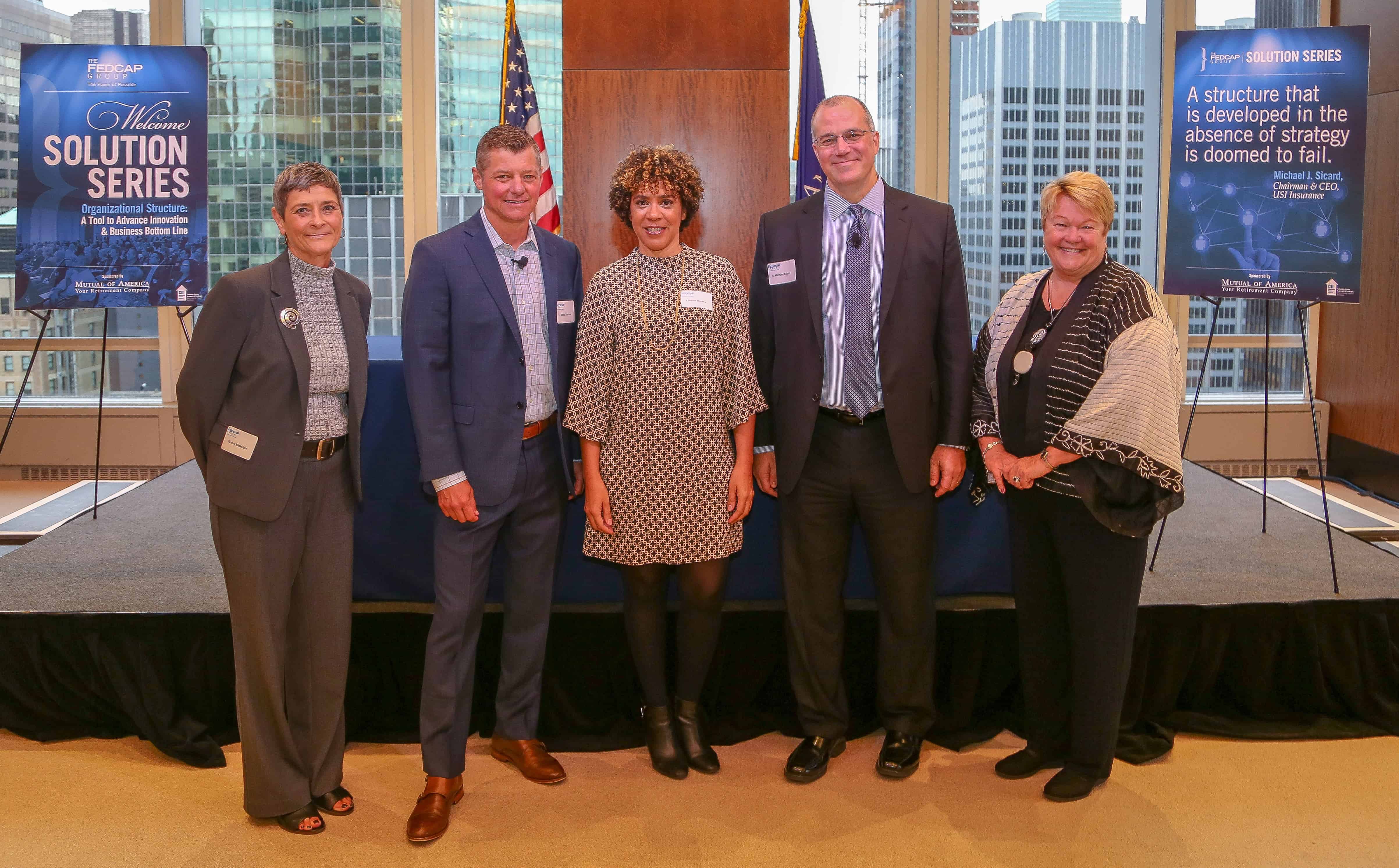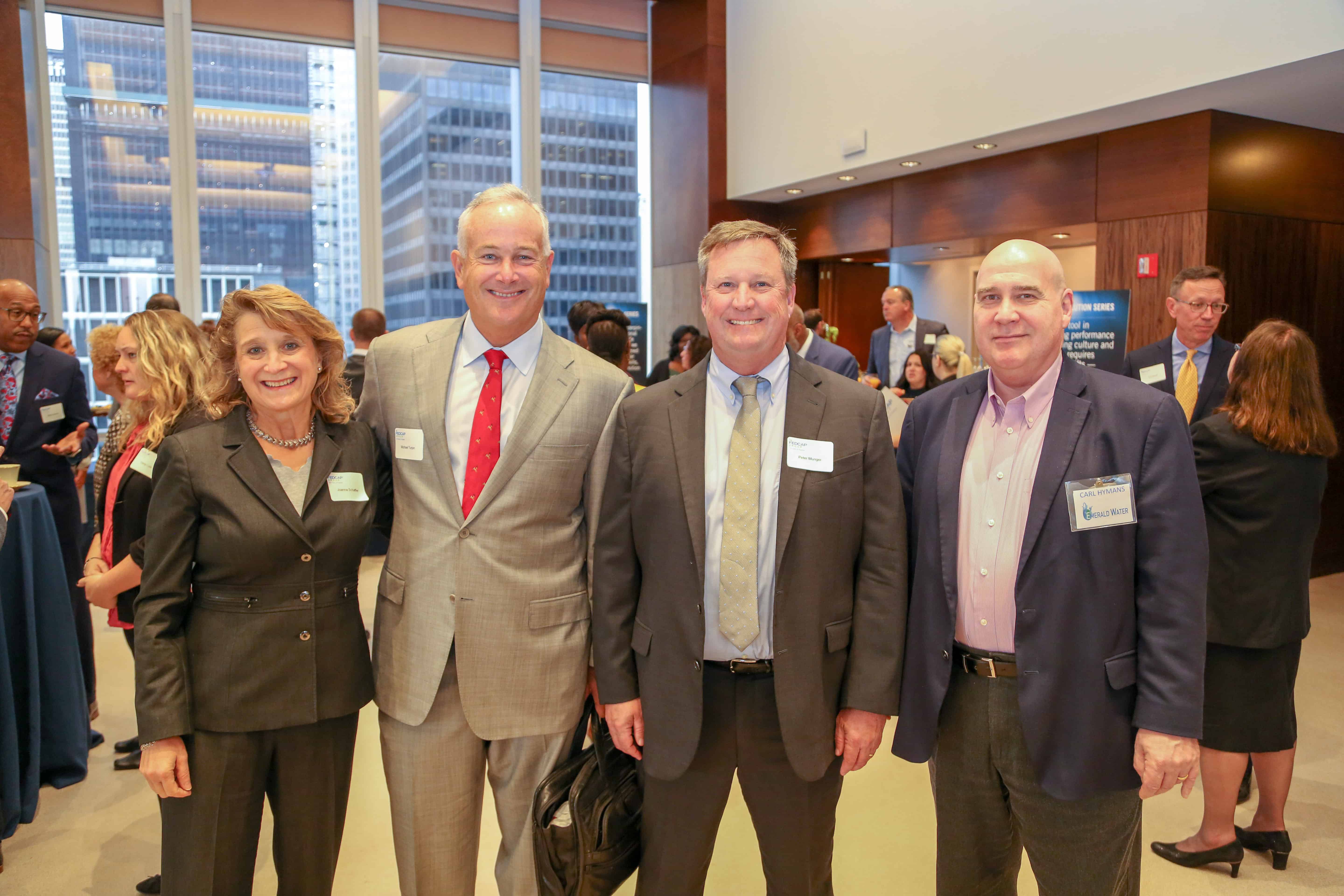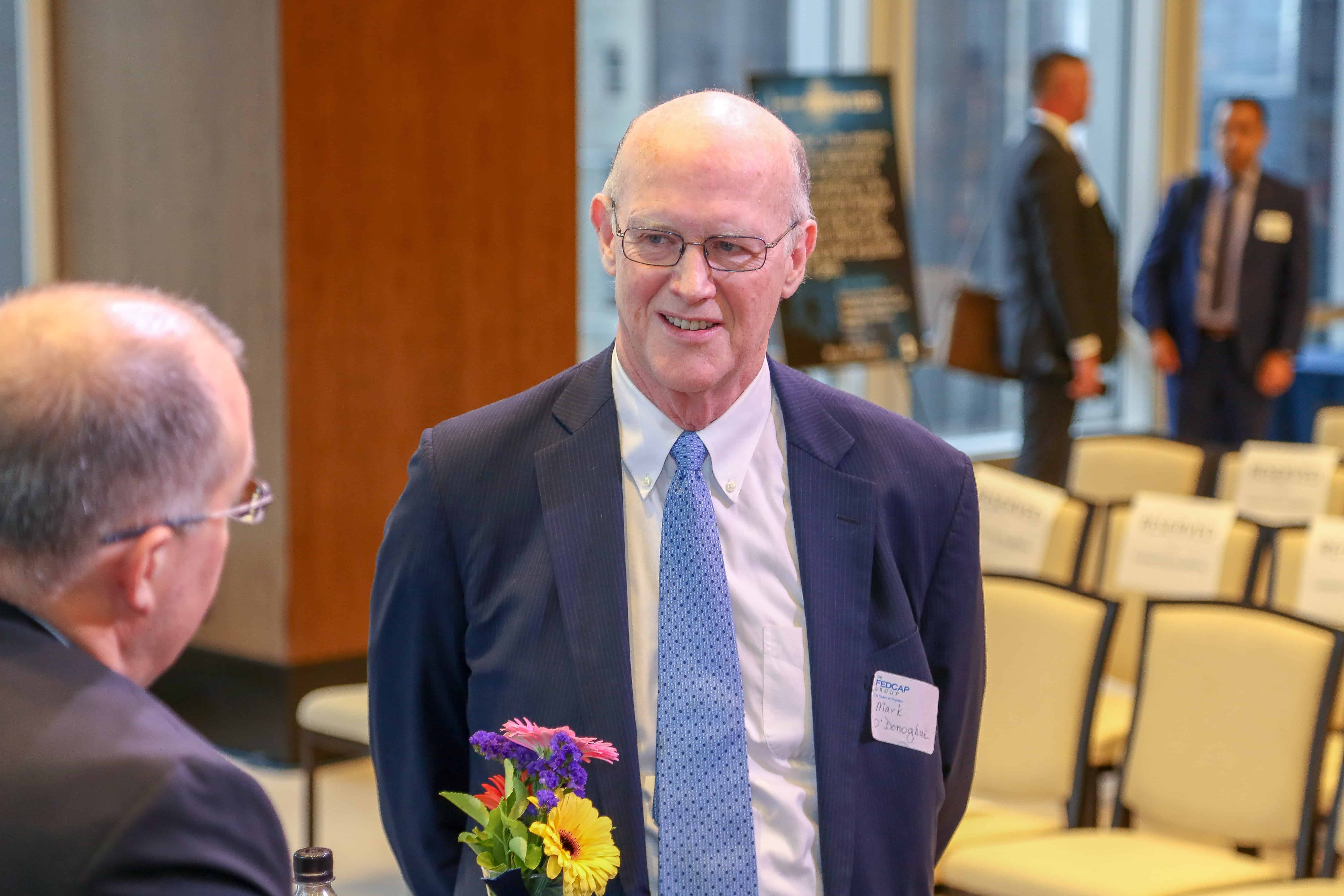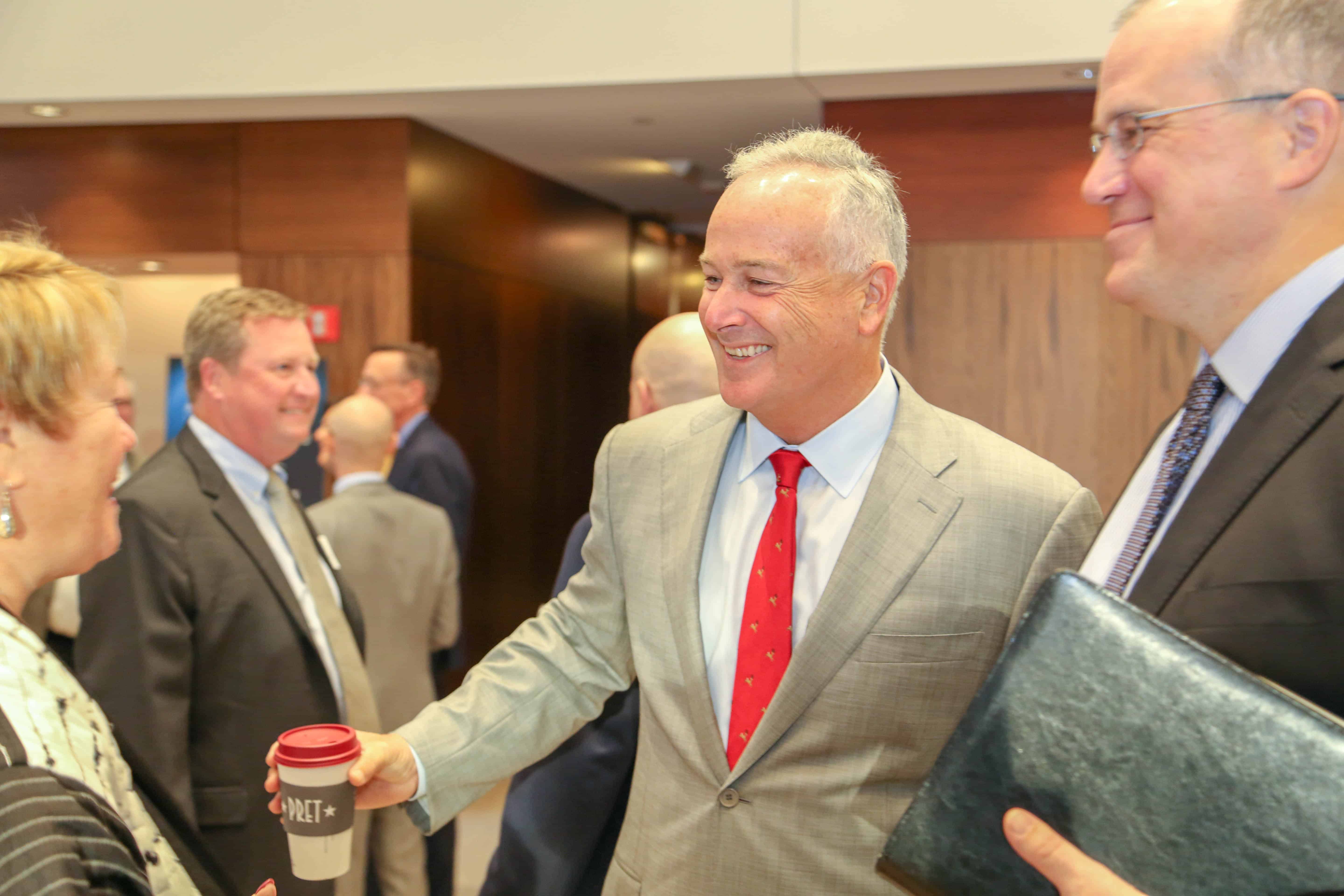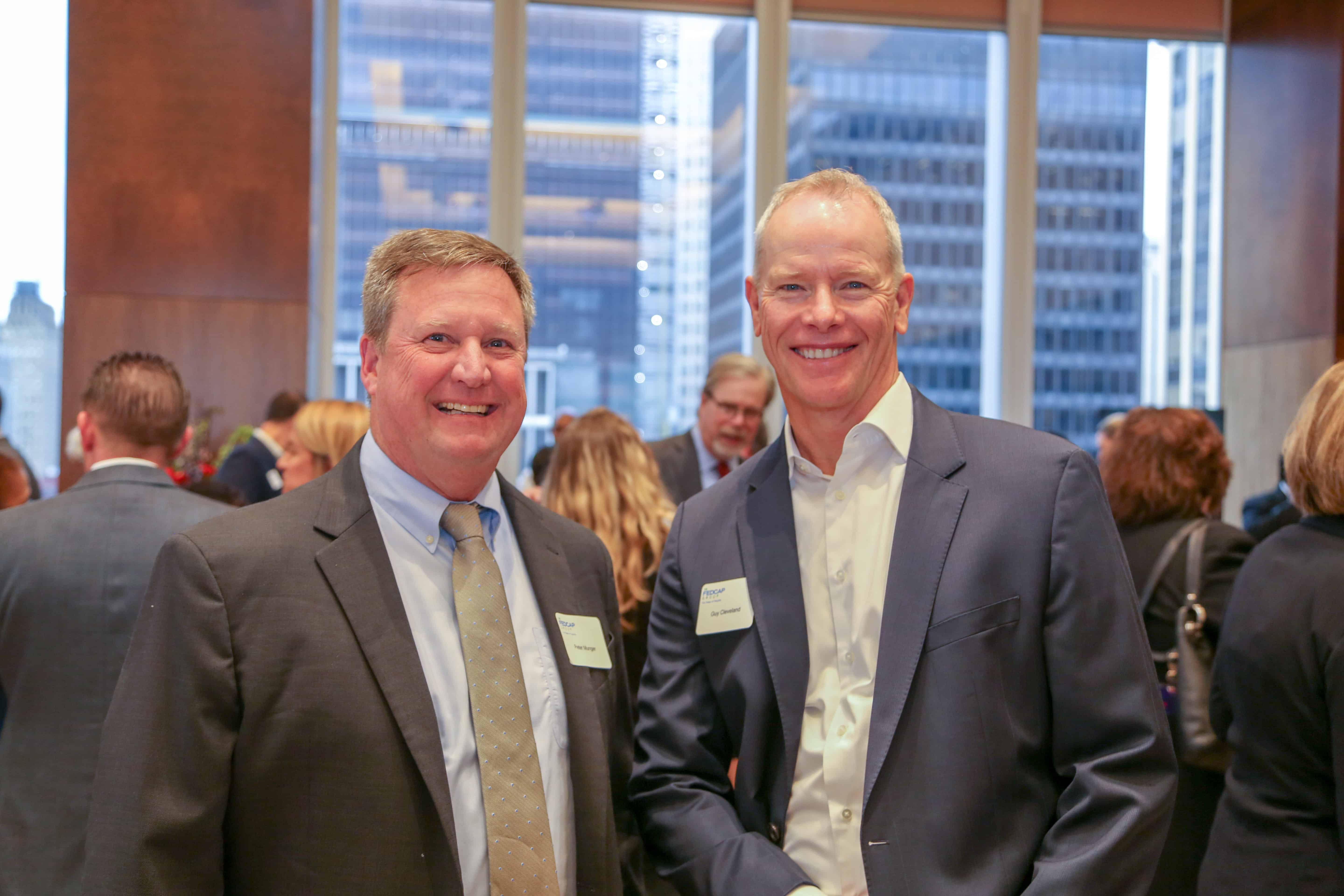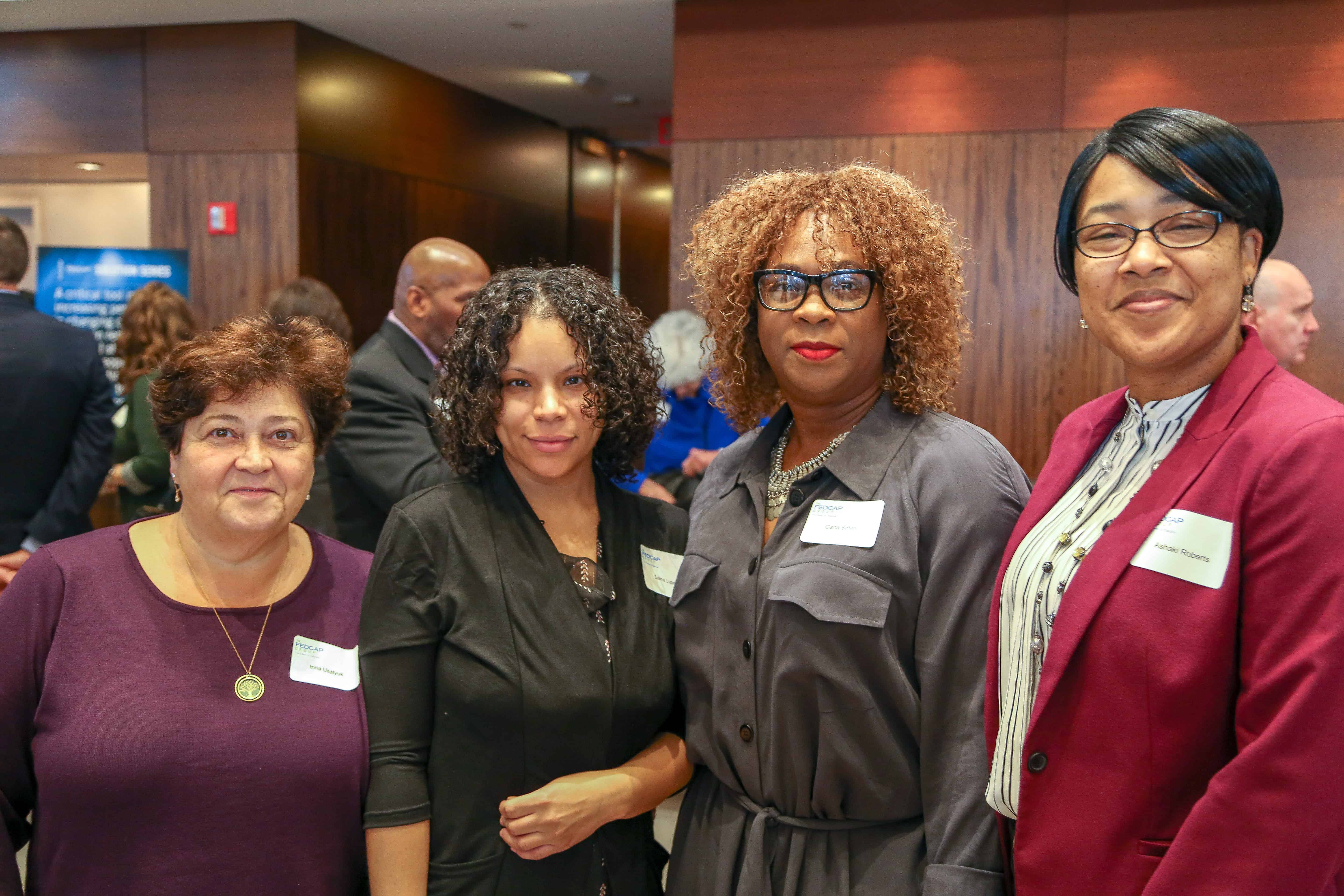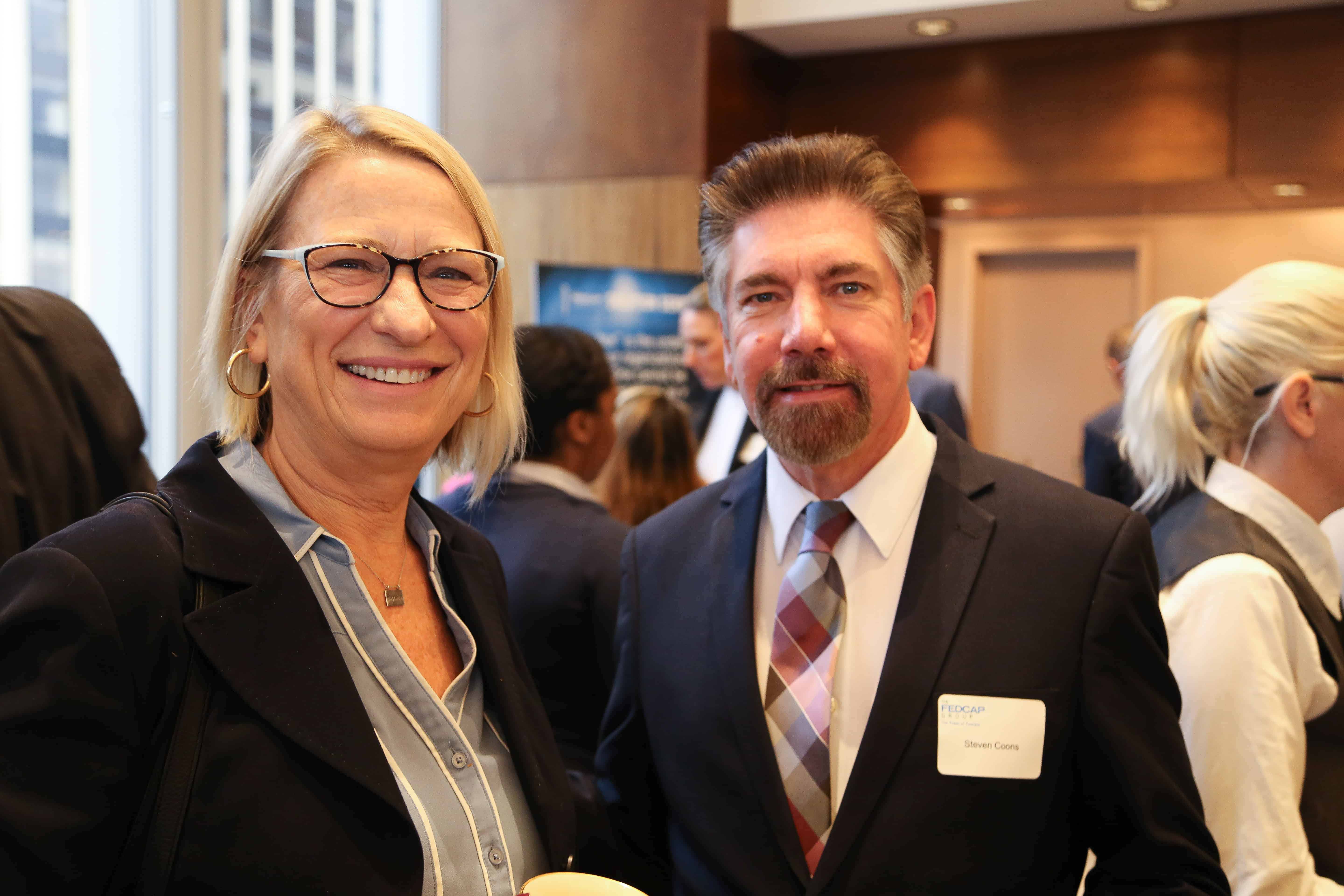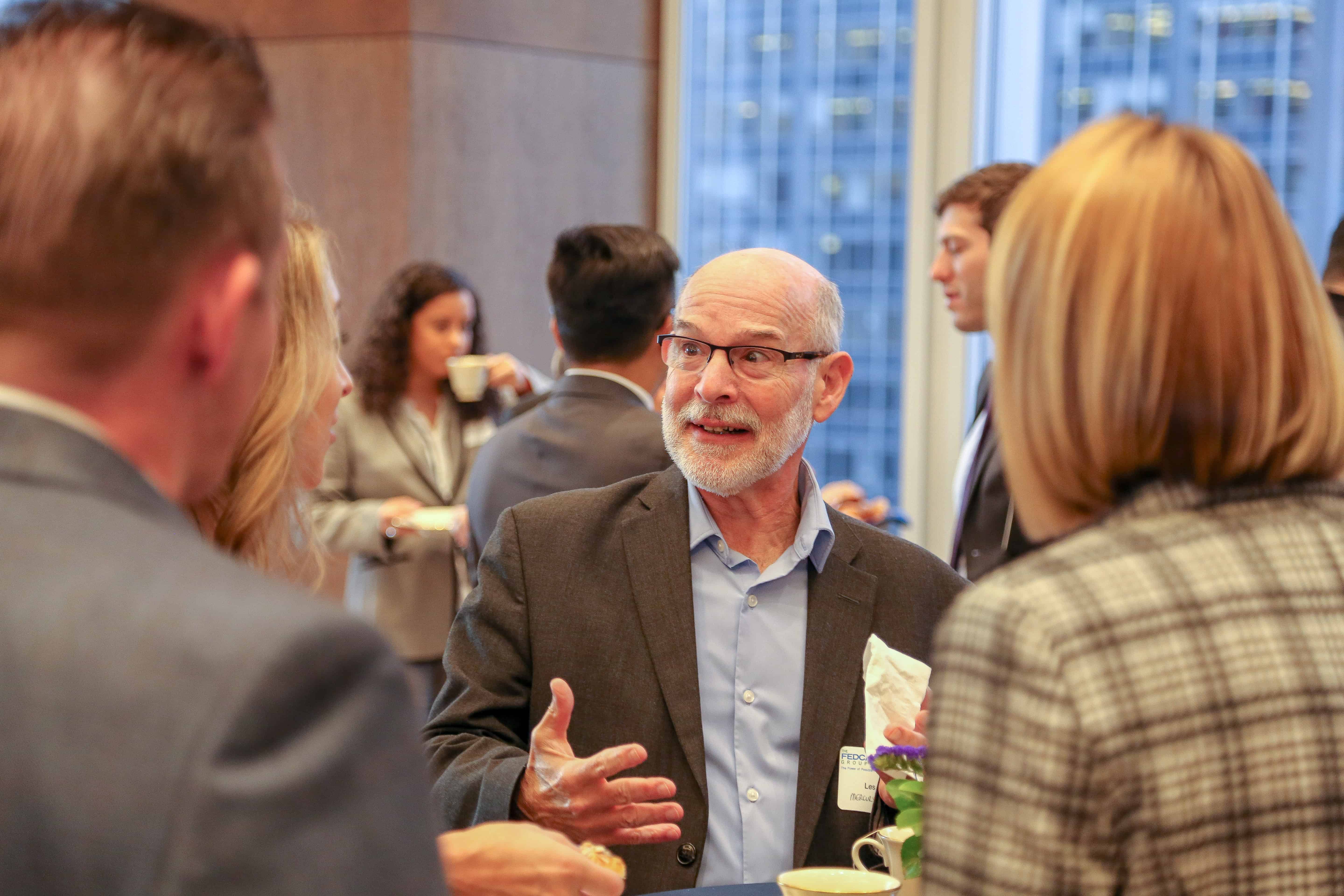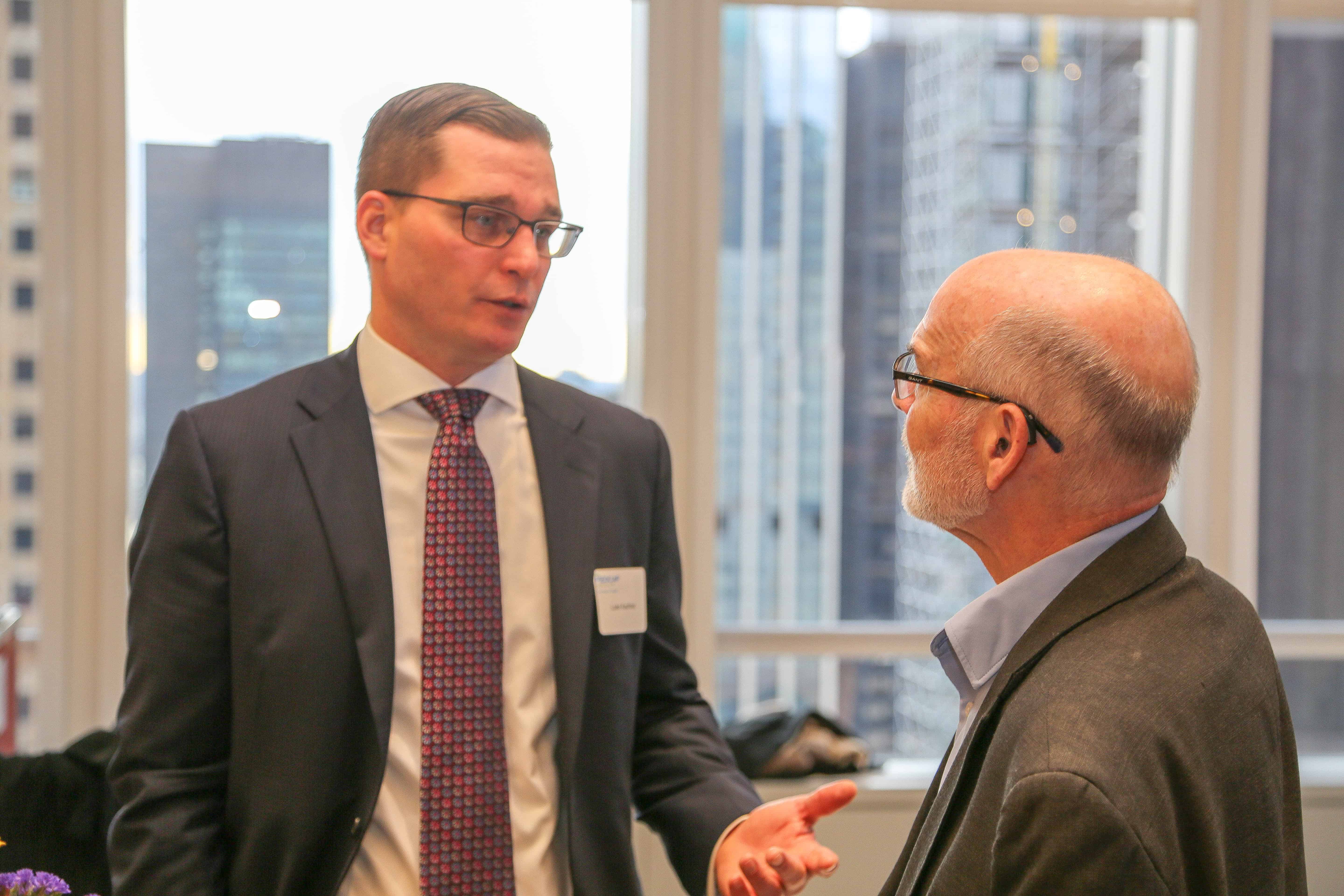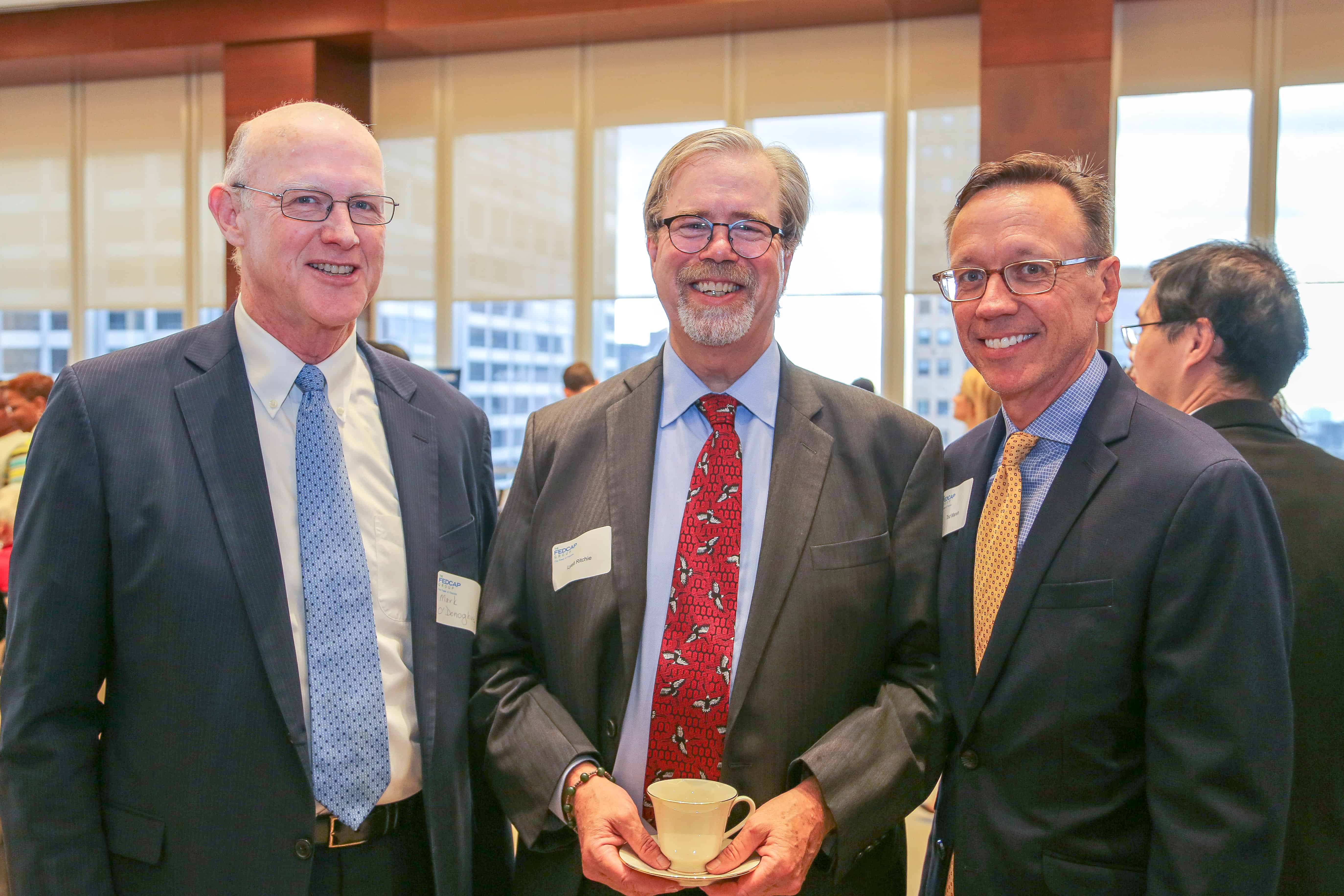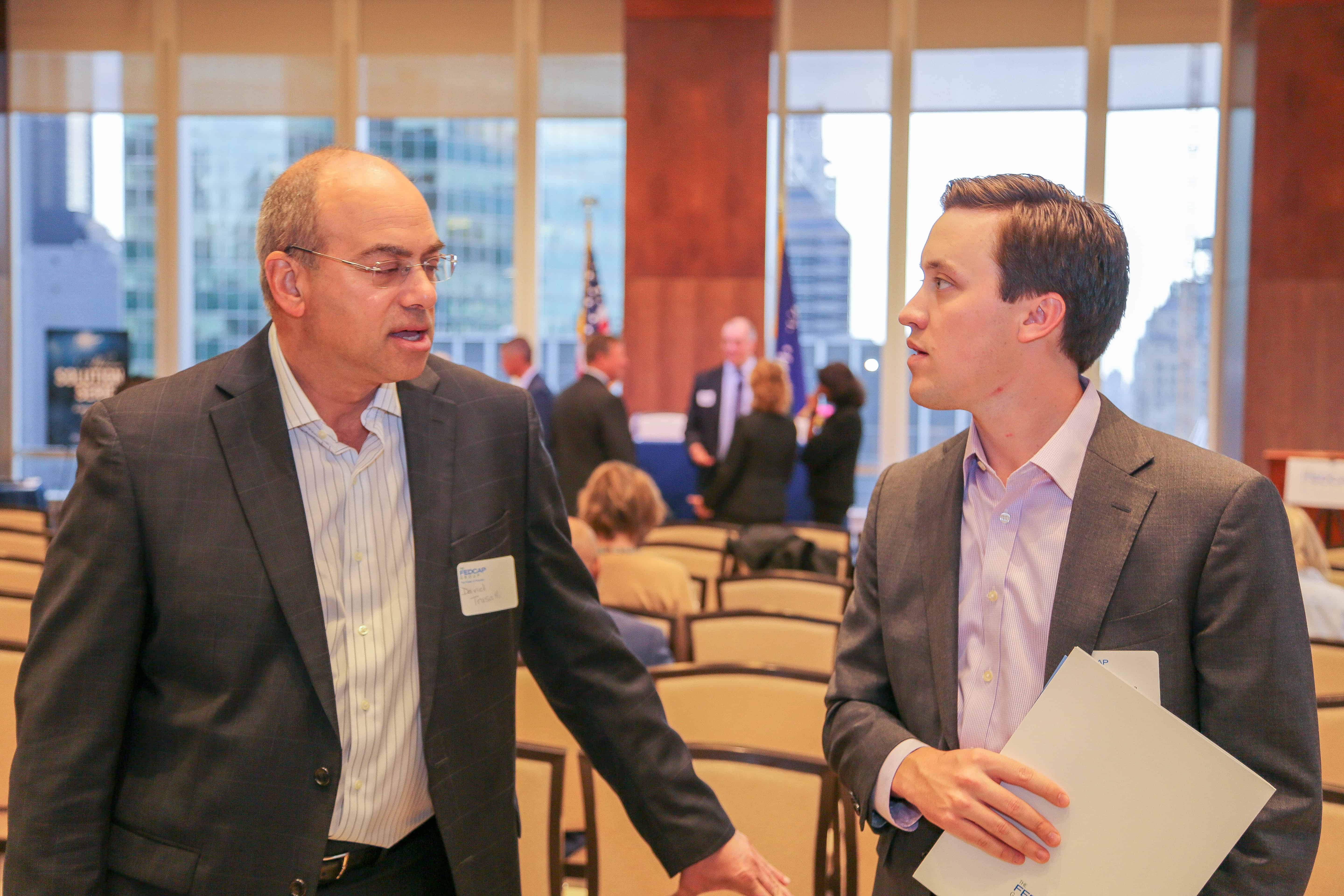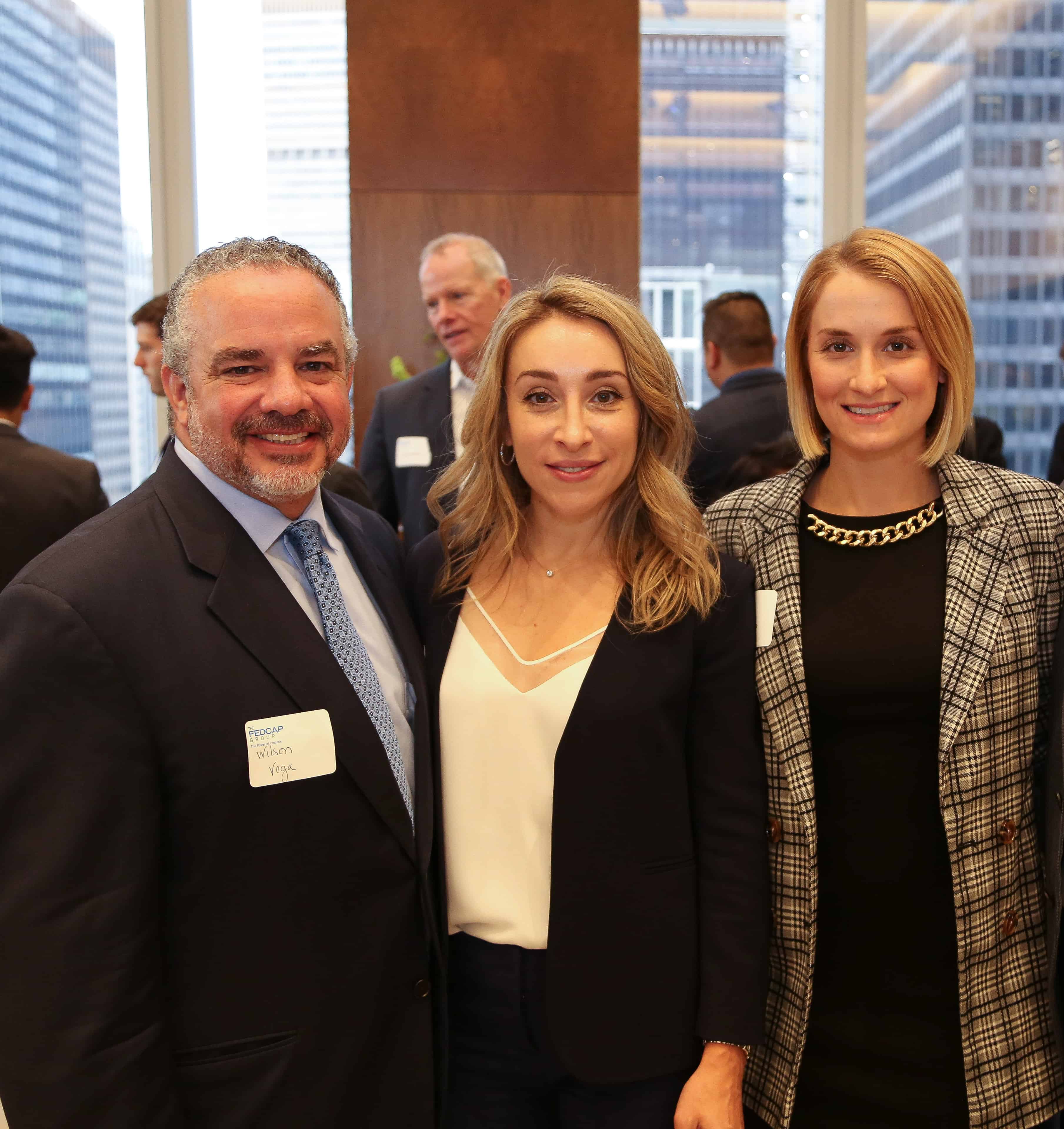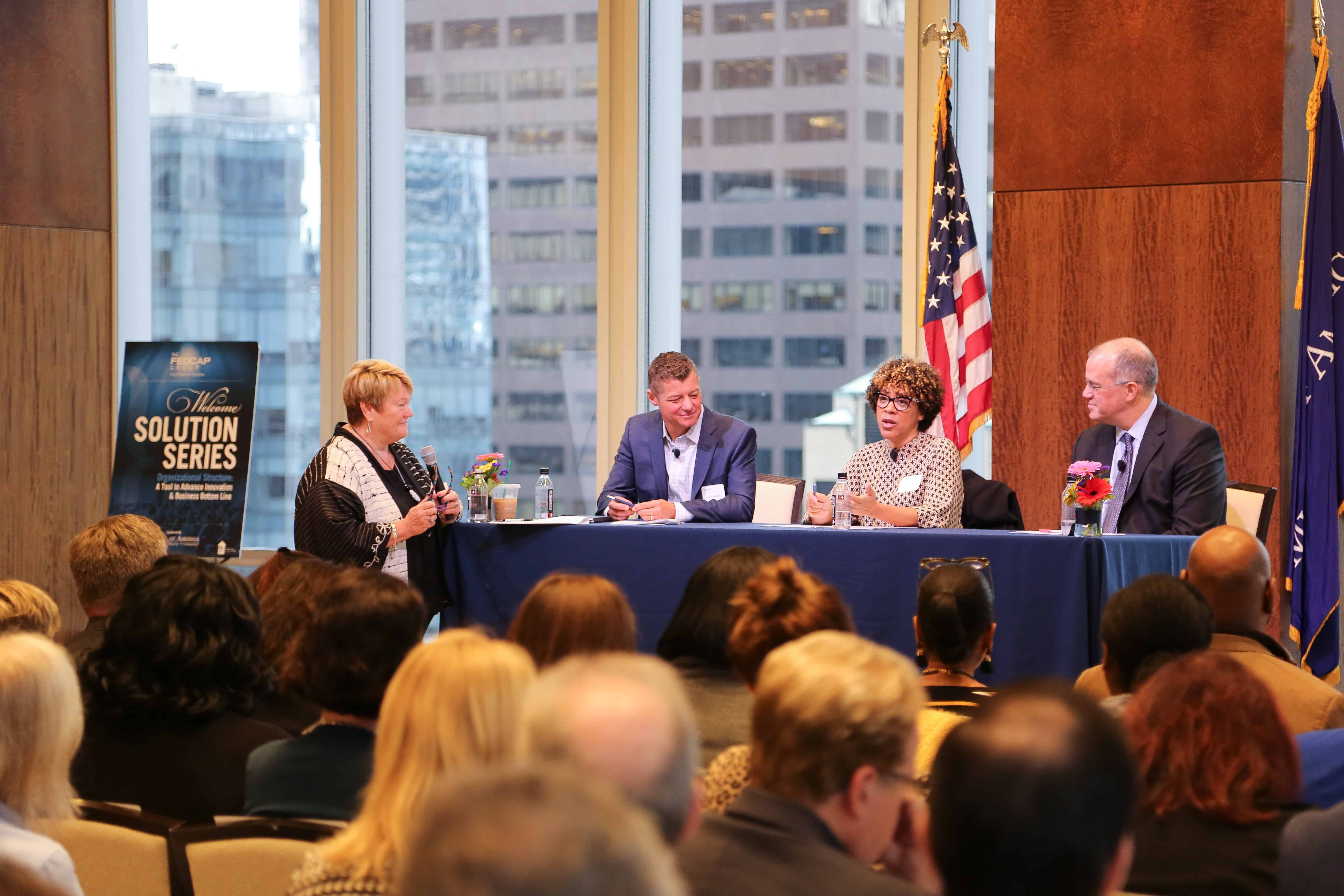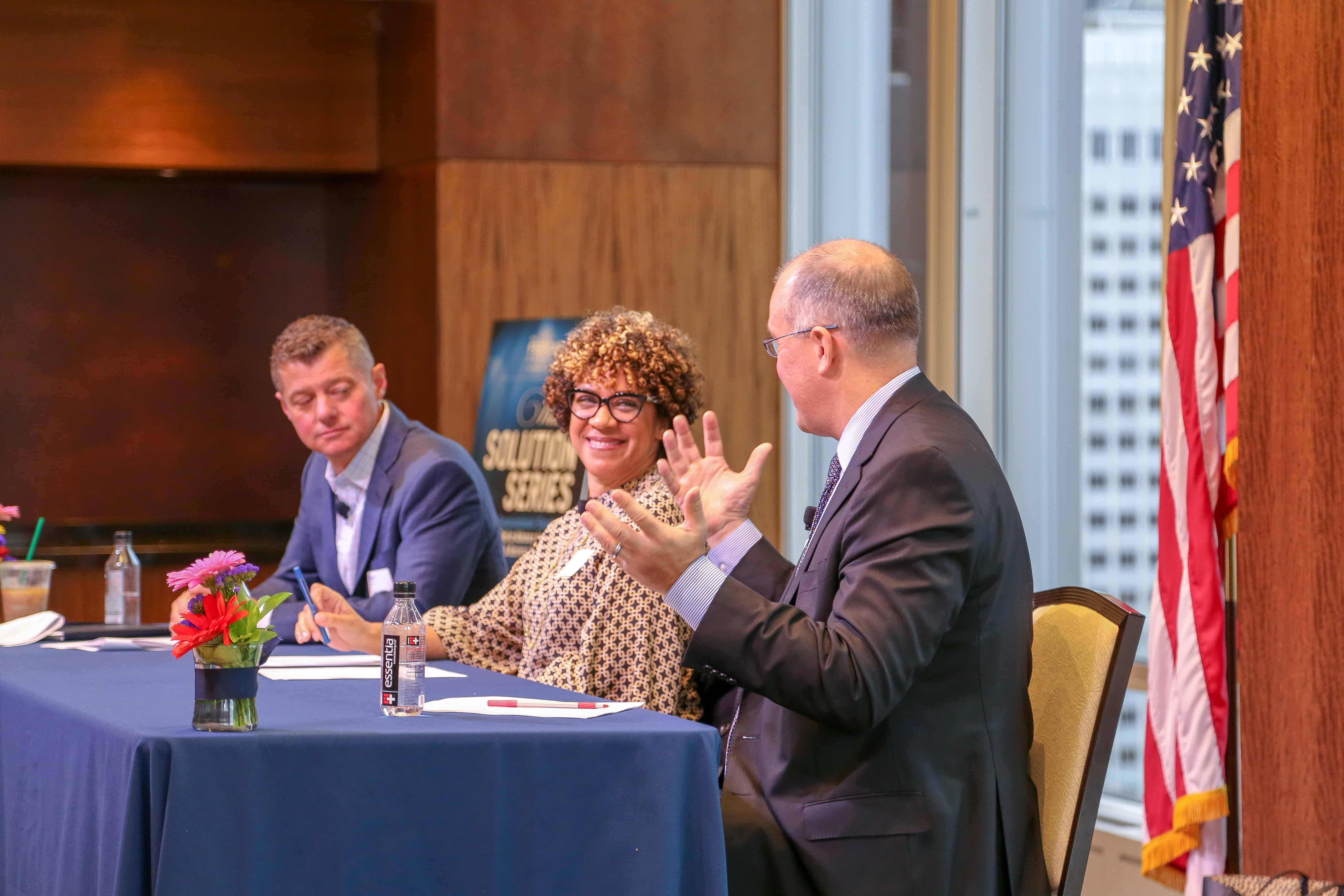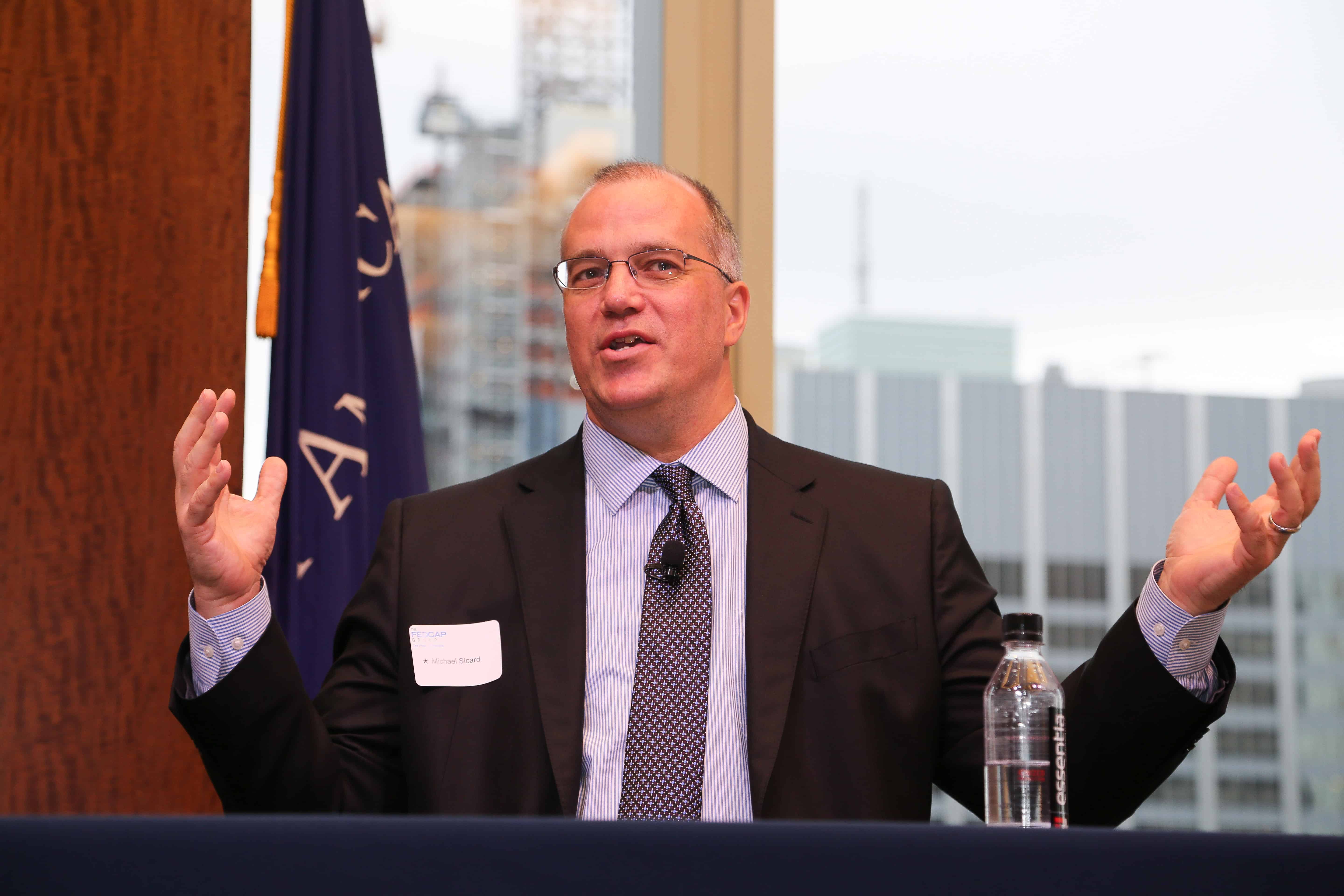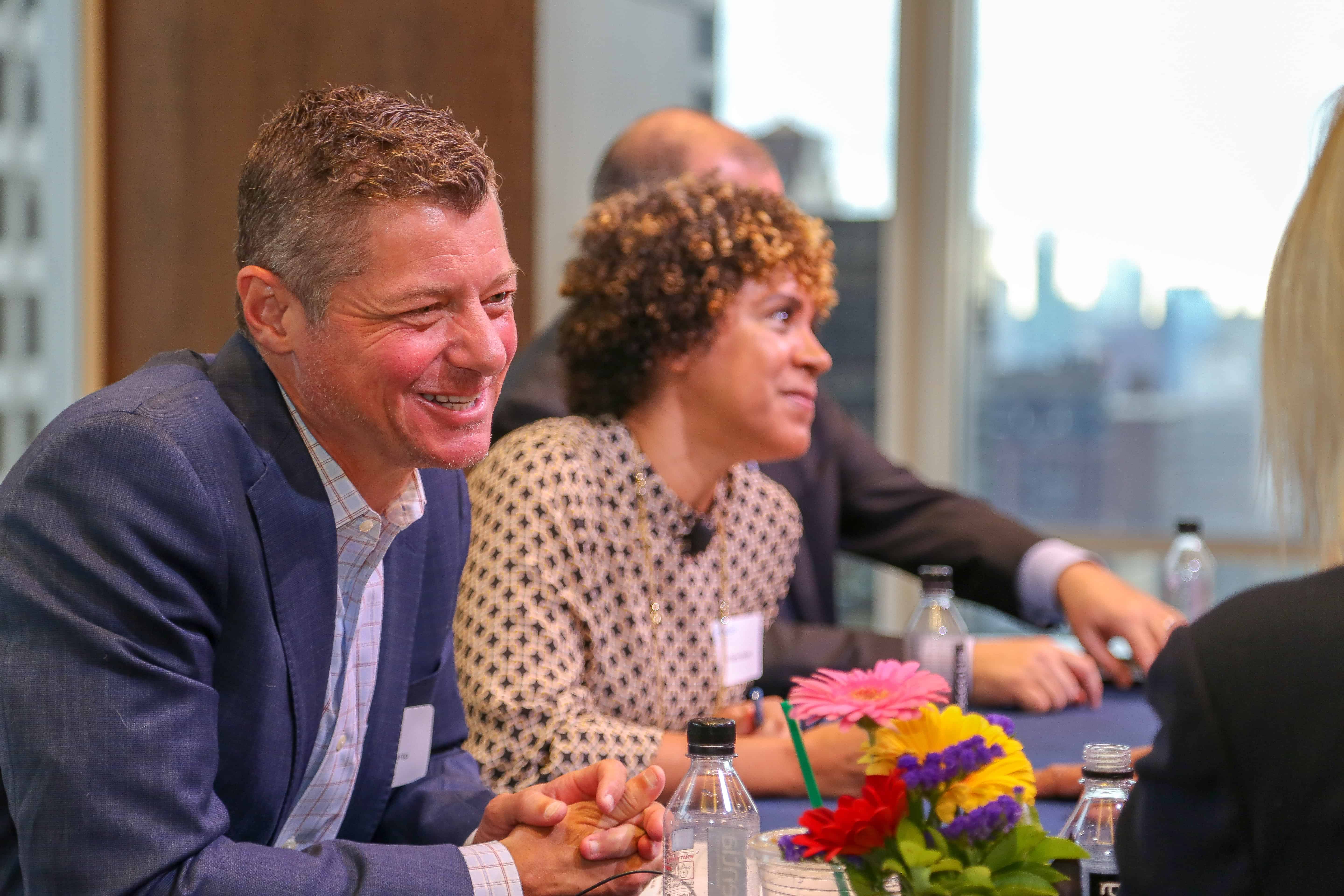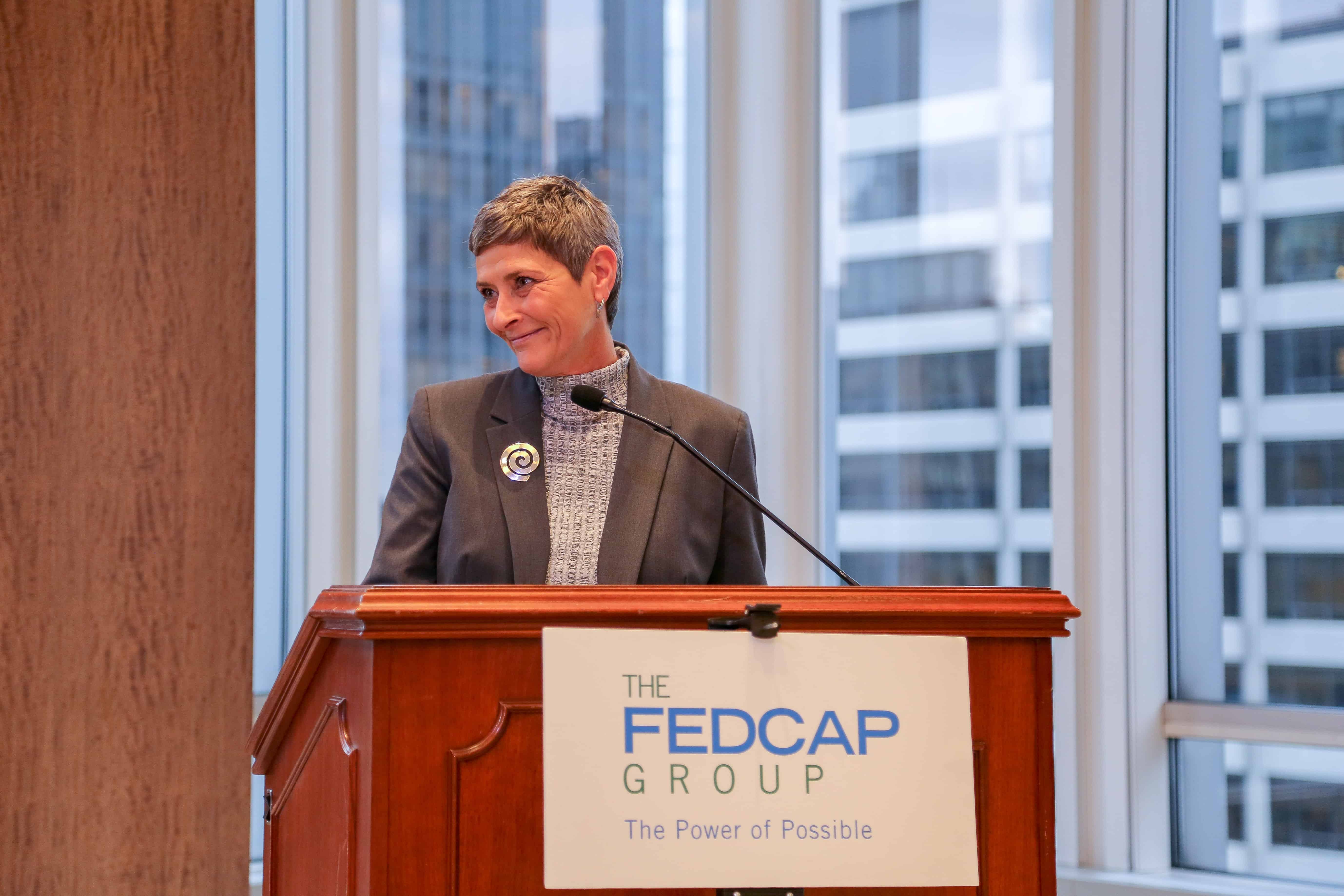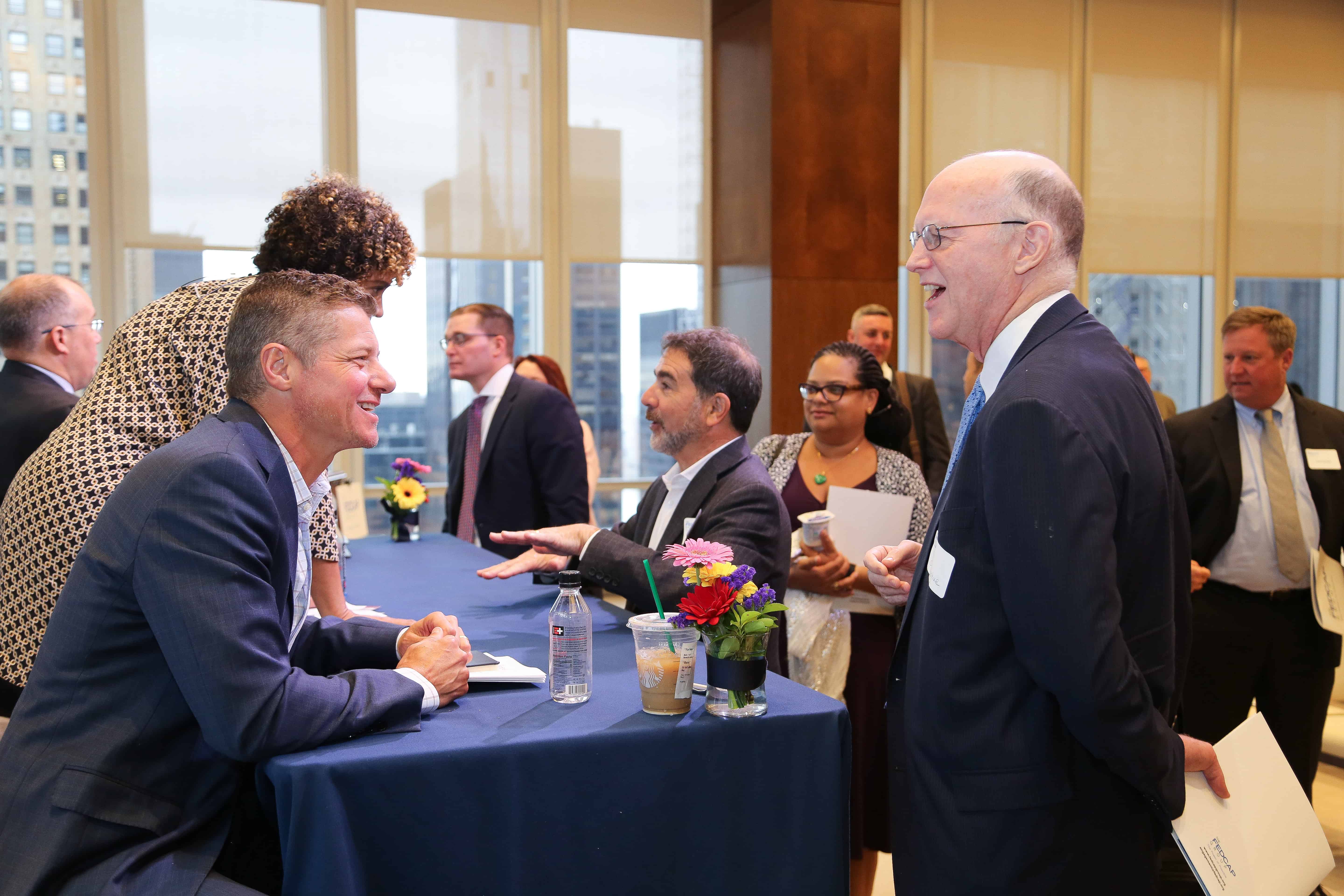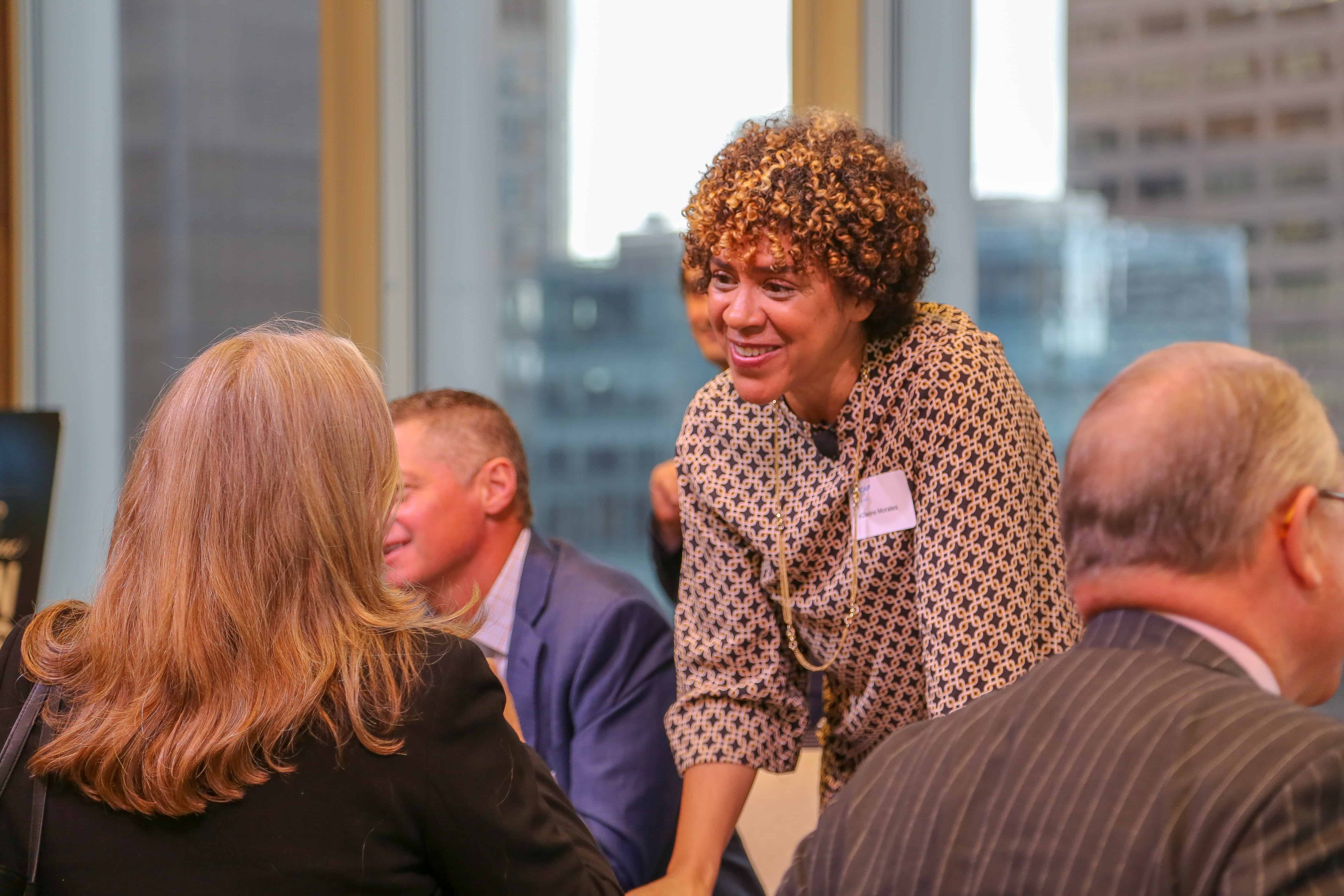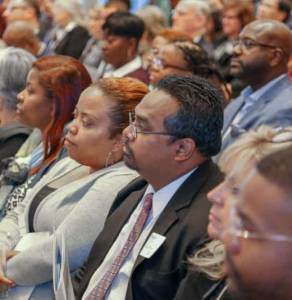Innovation is no longer relegated to high-tech firms and leading-edge entrepreneurs. Innovation is a critical and foundational aspect of the culture of a relevant non-profit. If we intend to create long-term impact, innovation must be at the forefront of our work.
For many, innovation seems like a shiny beacon of brilliance that is only within reach of the brightest entrepreneurs. But this is not true. Innovation is a mindset. And, innovation can be scaled to be incorporated into the everyday life of every one of our staff and those we serve. Good ideas come from everywhere.
Research tells us that most leaders of nonprofits believe that to advance their missions, they must imagine and create new approaches to solving vexing social challenges. In a recent survey conducted by the Bridgespan group 80% of nonprofit executives say that they know they must innovate or perish—and yet only 40% say they are organized to do so.
Sanford’s Social Innovation Review identifies six elements common to nonprofits with a high capacity to innovate:
- Catalytic leadership that empowers staff to solve problems that matter;
- A curious culture, where staff look beyond their day-to-day obligations, question assumptions, and constructively challenge each other’s thinking as well as the status quo;
- Diverse teams with different backgrounds, experiences, attitudes, and capabilities—the feedstock for growing an organization’s capacity to generate breakthrough ideas;
- Porous boundaries that let information and insights flow into the organization from outside voices (including beneficiaries) and across the organization itself;
- Idea pathways that provide structure and processes for identifying, testing, and transforming promising concepts into needle-moving solutions; and
- The ready resources—funding, time, training, and tools—vital to supporting innovation work
I think that these elements are right on, and I have sought to develop them within our organization.
At the Fedcap Group we talk about the Operationalizing the Cube—a structural concept that engages our practice leaders, our company leaders, our corporate services and our regional leaders in business development including proposal writing, developing pitches, foundation outreach, etc. Operationalizing the Cube is anchored in our Salesforce technology. When these diverse teams of people come together—it is quite remarkable what can happen.
I also love the concept of Idea Pathways. We developed something we call the Innovation Garage– as a structure to identify, test and transform good ideas into the kinds of solutions that make a lasting impact.
Porous Boundaries also makes tremendous sense to me. Early on in my tenure at the Fedcap Group, a board member suggested the idea of a convening that engages business, academia, government and the non profit sector to address issues of our time. These convenings—now called Solution Series – are held twice annually and bring our leaders and staff together with a group of thought leaders. We all walk away from these conversations enlightened and inspired. In fact our next Solution Series on October 16th is devoted to the topic Organizational Structure: A Tool to Advance Innovation and Business Bottom Line. I hope you can join us!
It is not easy to create an organizational structure that invites innovation—but at The Fedcap Group we have learned that the effort pays tremendous dividends.
How does your structure support innovation? I would love to hear from you.

